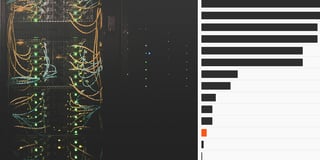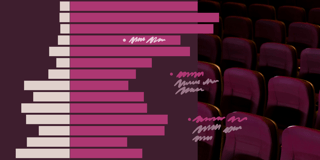A look at some depressing data about school shootings in the U.S.
Hi, this is Gregor, CTO and co-founder of Datawrapper, this week with the rather depressing topic of school shootings.
Two weeks ago an 18-year old man fatally shot nineteen students and two teachers at Robb Elementary School, in what is now known to be the third-deadliest school shooting in the United States.
The brutality of this event has left a deep impact on me, but from my time working in a U.S. newsroom I’m also aware of this pattern: a horrendous shooting event followed by national outcry, followed by many discussions, sometimes even protests, but then ultimately leading to… nothing. A month later it seems that everyone has moved on.
That’s why I wanted to take the opportunity to have a look behind this single shooting event. I was happy (and also kind of sad) to discover that there is a database about school shooting incidents in the U.S., collected and maintained by the Center for Homeland Defense and Security (which is part of a public graduate school operated by the United States Navy).
What the data shows is that there are far more school shootings in the U.S. than I had expected, and the vast majority of them do not receive international or even national media attention. I decided to highlight incidents after January 1, 2021 in red, to show that this problem has increased significantly in recent years.
Fortunately, not all of these incidents have been as dramatic and tragic as the shooting at Robb Elementary School. Sometimes a gun was fired but nobody got (physically) hurt. In fact, the majority of these incidents are not what the FBI describes as an “active shooter” situation.
But of course that doesn’t make the overall situation any better. After all, in most of these incidents, a gun was fired in or outside a school! And the number of victims in school shootings keeps growing along with the number of incidents. According to the data, 178 people have been injured, wounded, or killed in school shootings in 2022 alone (and we’re not even halfway through the year!).
What’s especially sad is that more and more of these incidents seem to be happening in elementary schools. Grouping the incidents by decade also reveals another striking aspect: the database lists more school shooting incidents since 2020 than in the entire decade from 2010 to 2019 (or any other decade before). One can only hope that this trend does not continue.
Of course, we don’t know for sure if this increase is due to a rise in incidents, since more recent incidents may also be more likely to be included in the database (a form of recency bias).
If you’re interested, there are more charts and graphs at the K-12 School Shootings Database website, giving answers to questions such as how the shooter was related to the school or where and at what time of day the shootings happened. There’s also a detailed page about the methodology behind the database.
That’s it for this week. Next week my colleague Rose will continue this series (hopefully with a less grim topic). Feature image based on photo by Jennifer Uppendahl.



